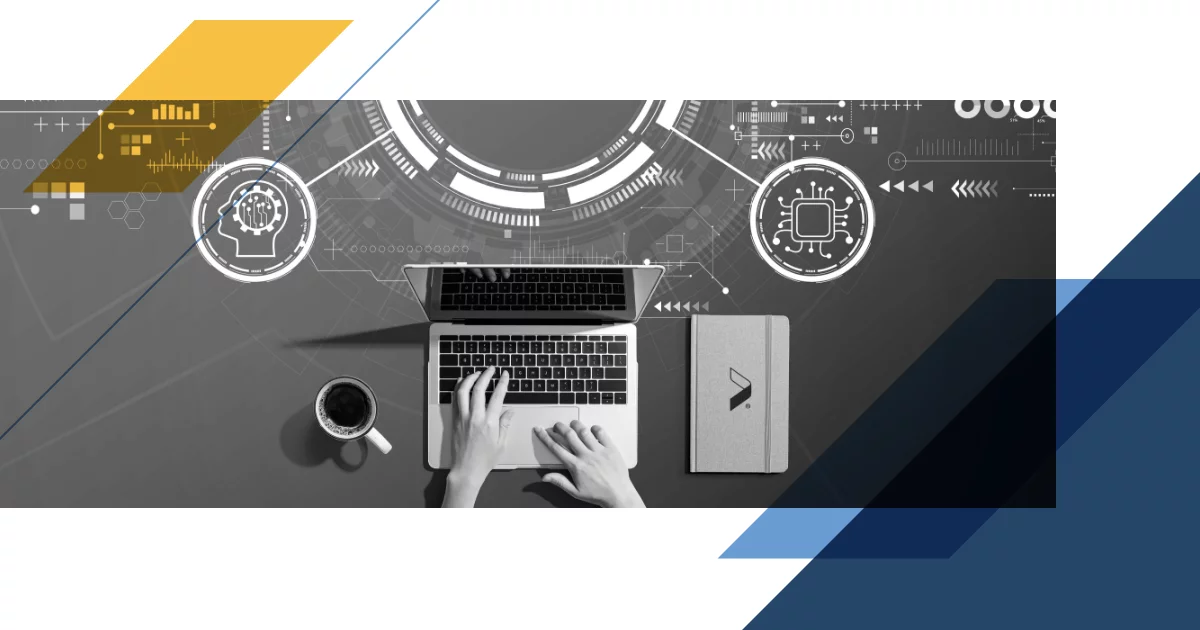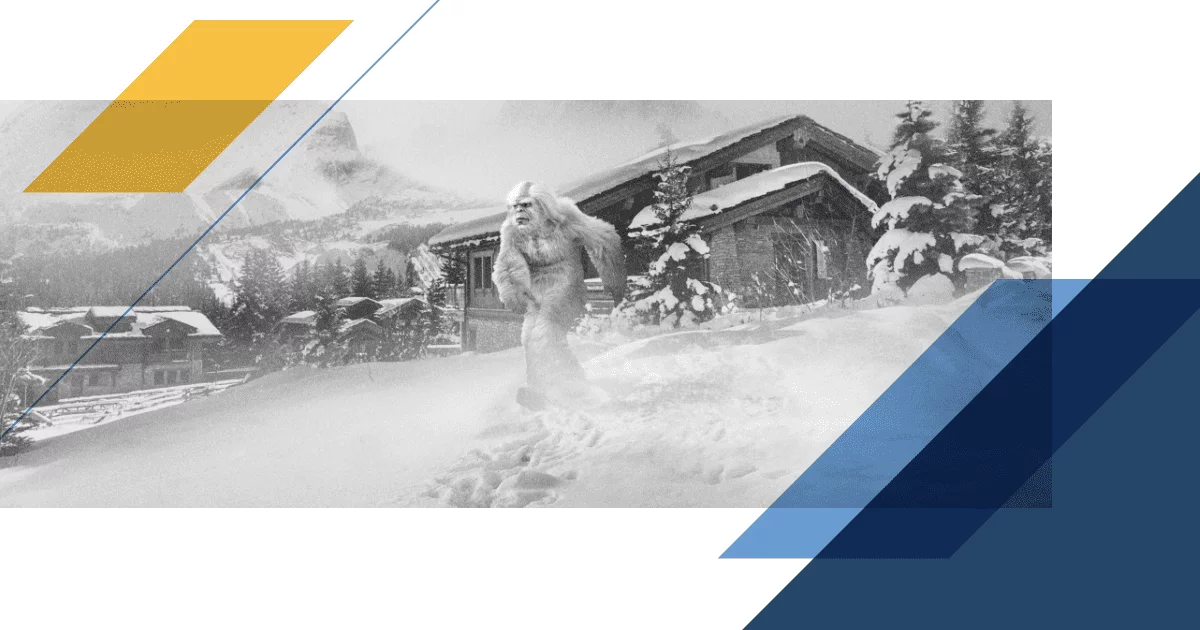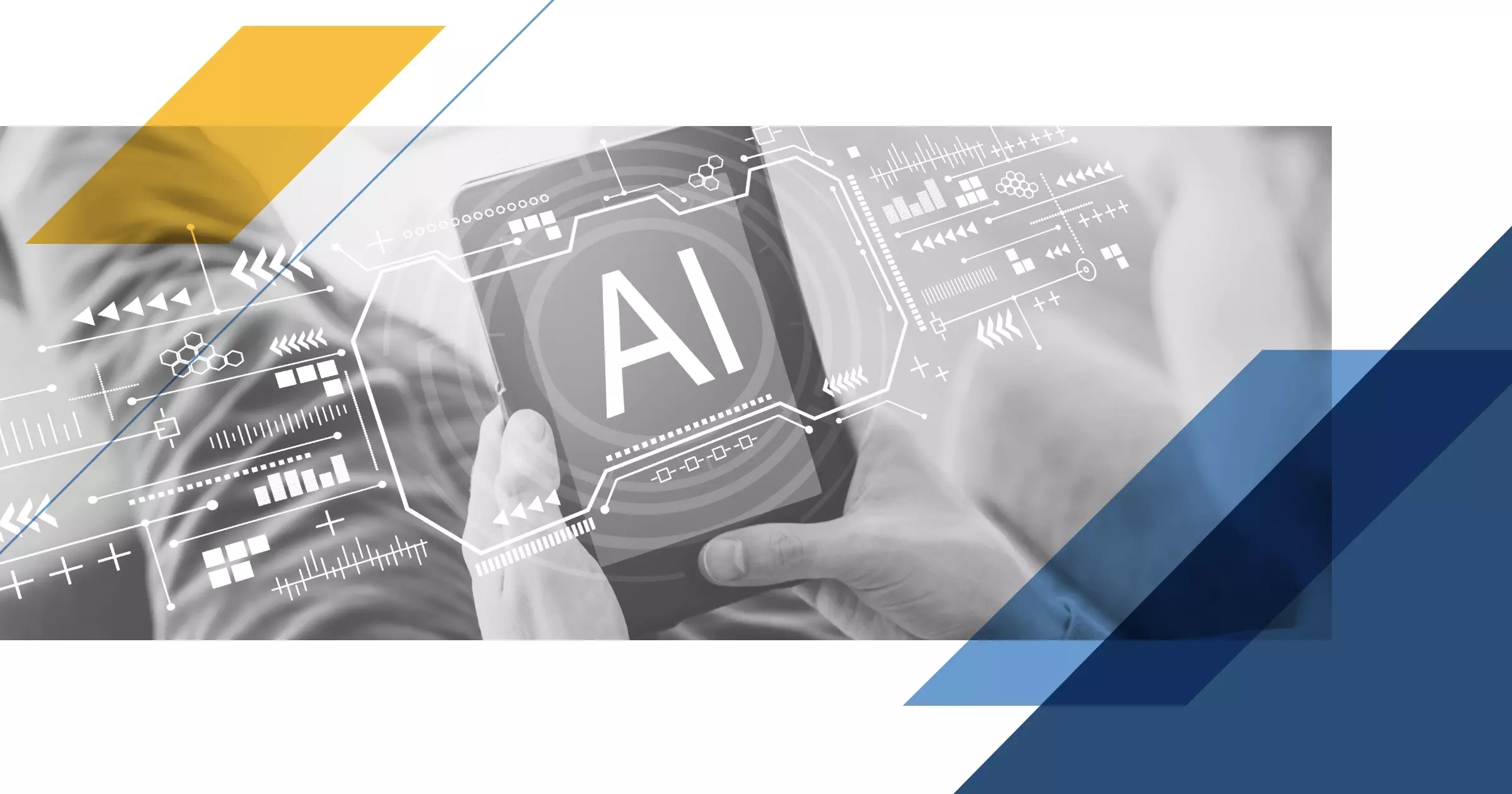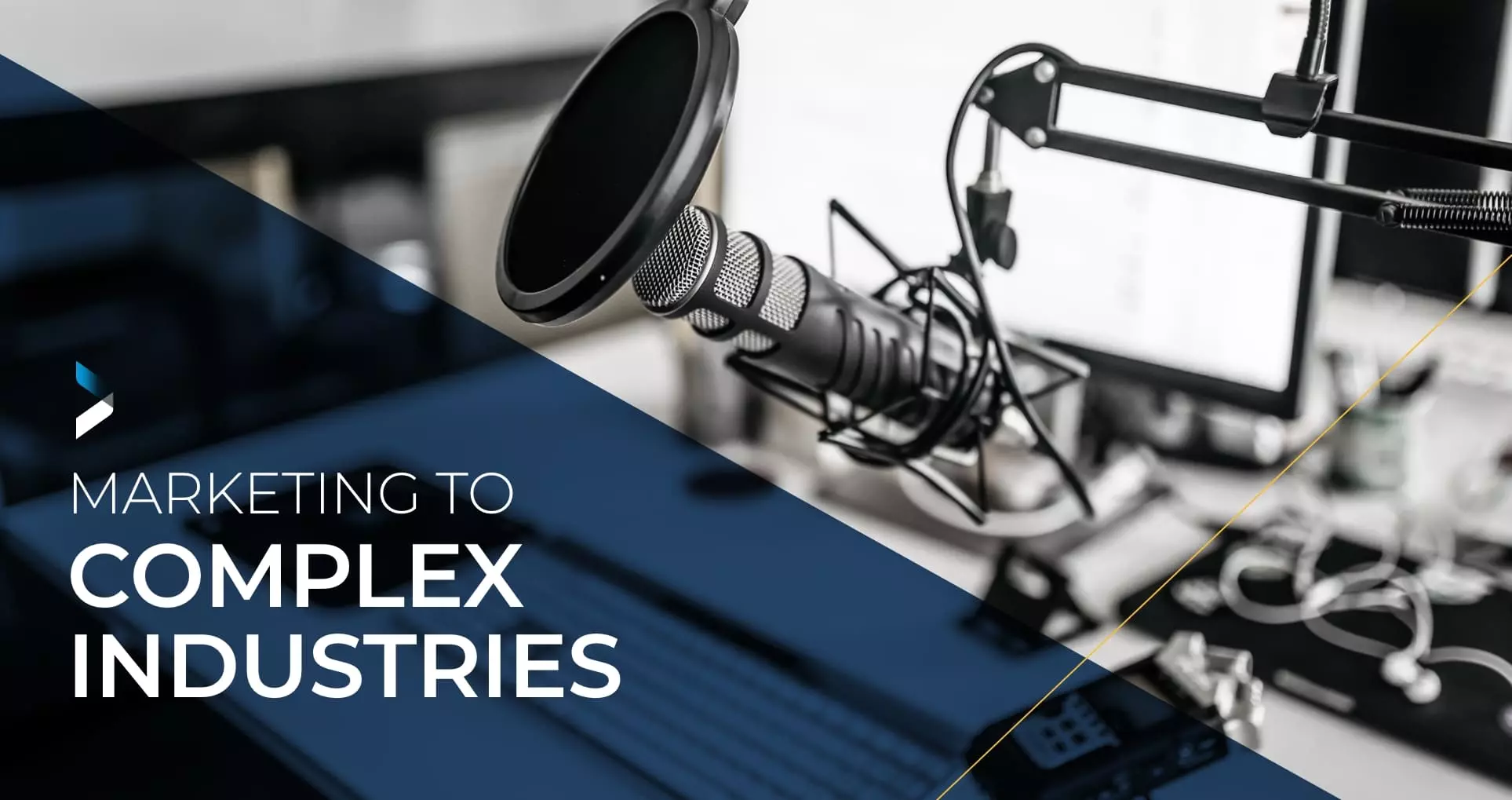Embrace AI: Elevate Your Creative Workflows and Content Creation

Incorporating artificial intelligence (AI) into your creative process can revolutionize the way you work and engage your audience. Many creators are still hesitant about AI, but it’s time to dispel the myths and explore the potential benefits. In this blog post, we’ll guide you on tips to using AI tools efficiently, making your workflows more productive and content more engaging.
Identifying opportunities for AI integration
While content has always been a crucial part of marketing, it’s going to be even more important as AI becomes more involved and the internet is flooded with new content. You can use AI to help bolster your content so that it stands out from the rest of the crowd. At Godfrey, we are always looking at ways emerging technologies and artificial intelligence can enhance our processes.
One of the ways we have been looking to integrate AI is in our concepting process. We use text generators like ChatGPT and image generators like Shutterstock AI and Midjourney to aid in our brainstorming sessions, helping us to visualize thoughts and to inspire new creative. During our brainstorming and ideation process, typing in prompts around our core message or reasons to believe can help inspire our creative teams to think differently.
AI image generators can create exactly what we are visualizing by asking it to generate things like “happy customers walking together.” And by playing with the prompt, adding or removing words, we can create something that could influence a creative output or provide a new perspective, changing the way we view it. ChatGPT can also help support copy creation by asking it to rephrase headlines and sentences, compare prompts and even collaborate with us on new content.
The goal is to use these tools to help support our skills and creativity, not to replace us. What we’ve found is that both ChatGPT and Shutterstock AI won’t solve anything on their own. In fact, most of the results might only get us 50%-75% of the way there. But it’s that collaboration between the human and machine where the results truly shine.
Beyond brainstorming and ideation, you can use AI to streamline repetitive tasks so you can focus on more complex and strategic work. Consider the following tasks that can leverage AI’s processing capabilities:
- Organizing and formatting data
- Leveraging ChatGPT to help put together proposals or creative briefs
- Synthesizing multiple internal documents into one cohesive piece
How you can get started with AI for your organization
Start an AI committee.
With all the AI that’s out there, one of the first things we did was to start a committee of group leaders from different areas of the business that can focus on AI tools for their specific department. For example, a creative team member researches and tests tools for the creative department, an account management leader looks at technologies that will support the account management department, etc. We started with weekly meetings where we discussed the latest AI news, with each member providing tool testing updates, and assigned that week’s action items. This allowed us to narrow our focus, test the best tools and implement them successfully.
Do a “hackathon.”
One way to encourage collaboration with AI to achieve better results is to host a hackathon. Many of our Godfrey team members had heard of AI tools, some of them had been testing them already, but we wanted to create an event that would get everyone hands-on and involved in AI. So, we put together an in-office event where team members could get together, explore some tools and collaborate in a team setting. A few things we needed to do first:
1. Establish clear communication channels and provide comprehensive training for team members. We created an outline for how to train the team, along with usage guidelines to ensure consistency across the agency and make it easy for any person to pick up and know what to do.
2. Set up each team with access to an image generation text generator (such as Shutterstock AI or ChatGPT). Participants were allowed to experiment with other tools too, but we wanted to make sure everyone had the ability to get hands-on.
3. Now the fun part. We assigned everyone a task. For this hackathon, the task was to create a headline for a made-up campaign, along with a visual representation, and to come up with a plan/tactical ideas, all using an AI tool to help generate and expand ideas.
4. Using collaboration tools like Microsoft Whiteboard, we compiled our findings, got back together as a group and presented our AI-generated campaigns. This was where we could discuss what worked well and what didn’t and laugh about the outrageous ideas that were generated.
A few things we learned from our hackathon:
- No one AI tool can do it all. It takes some level of iterating with human interaction and editing, especially on the text side of things. It was a good start, but it took an actual person with creative skills and knowledge to bring it home.
- Regarding the image generators, Shutterstock AI was not as robust as we had hoped. Many of the images required a lot of prompts and iterations of those prompts to get something close to what we were imagining. Midjourney, on the other hand, was very powerful and got much closer to the prompted vision.
- Everyone had a blast. Even those who were not exposed to AI tools prior to the hackathon got a chance to play with them and gained interest and intrigue into getting more involved with AI tools.
Conclusion
AI is not here to replace creativity; it’s here to empower it. Embrace AI tools to optimize your workflows, boost efficiency and create more engaging content. By blending human creativity with AI capabilities, you’ll be at the forefront of an exciting new era in creativity and innovation.
Want to learn more about AI considerations? Read our blog post on navigating the rapidly evolving AI landscape.
Sign Up for our Newsletter - Get agency updates, industry trends and valuable resources delivered directly to you.
Aaron Kim - Creative Director
As a Creative Director, Aaron immerses himself in his client’s business, technology, products and markets and truly “owns” the account and the work produced by the creative team.




